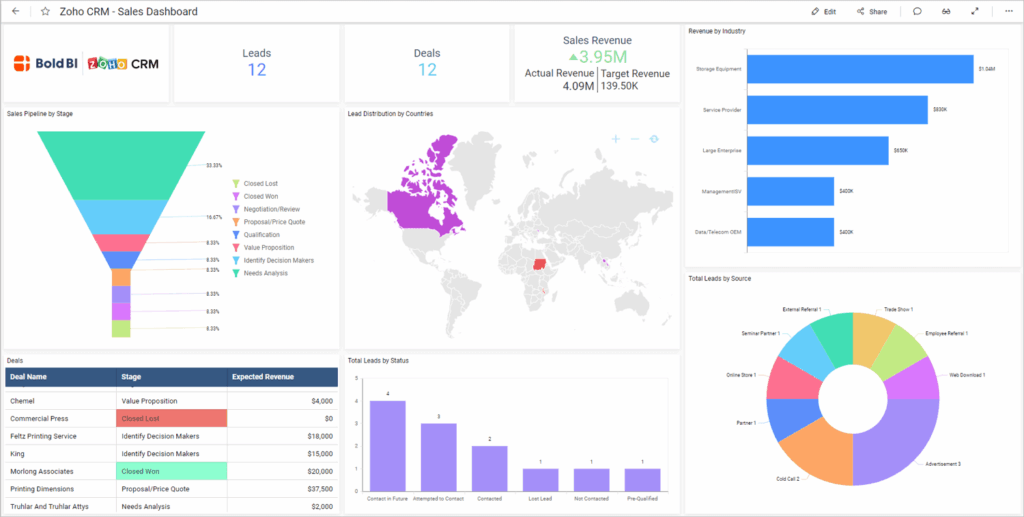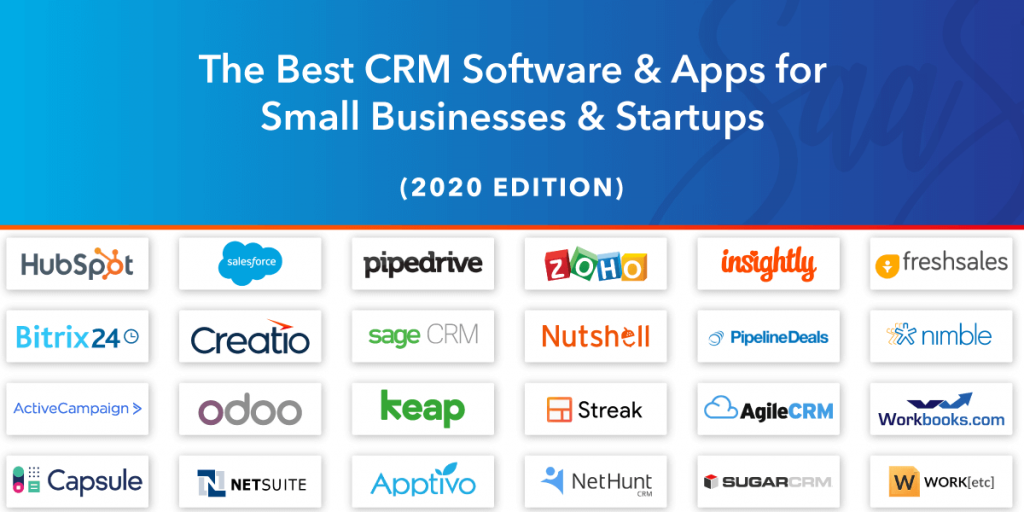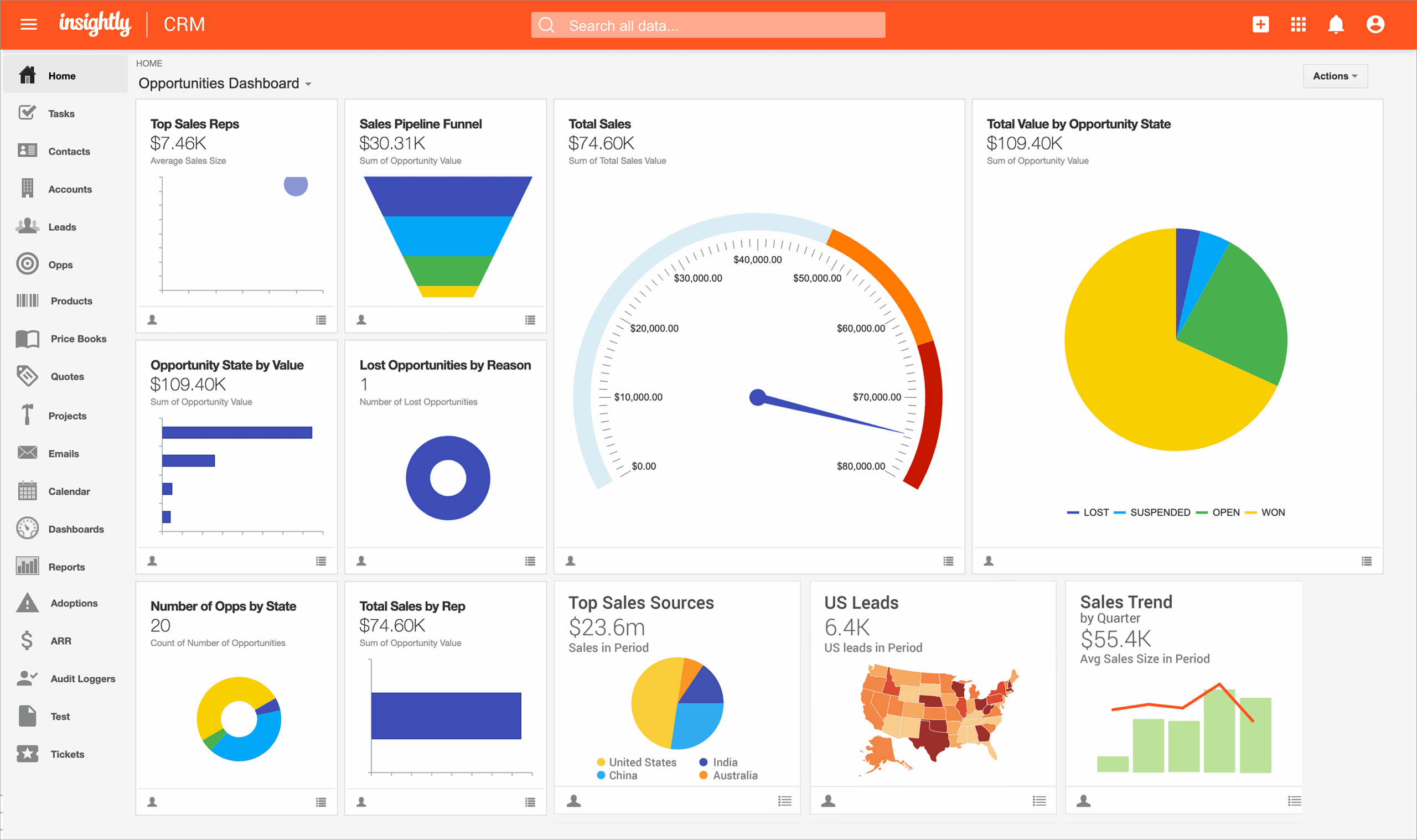
Introduction: Decoding the Power of CRM Marketing Metrics
In the fast-paced world of digital marketing, understanding your performance is not just an advantage; it’s an absolute necessity. That’s where Customer Relationship Management (CRM) marketing metrics come into play. They are the vital signs of your marketing efforts, providing insights into what’s working, what’s not, and how you can refine your strategies for maximum impact. Think of them as the compass guiding your marketing ship through the often-turbulent waters of customer engagement and lead generation.
This comprehensive guide delves deep into the world of CRM marketing metrics. We’ll explore the most important metrics, explain how to calculate them, and provide actionable strategies for using them to drive success. Whether you’re a seasoned marketing professional or just starting out, this article will equip you with the knowledge and tools you need to measure, analyze, and optimize your CRM marketing performance. We’ll cover everything from lead generation to customer retention, ensuring you have a 360-degree view of your marketing effectiveness.
Why Are CRM Marketing Metrics Crucial?
Before we dive into the specific metrics, let’s understand why they are so critical. CRM marketing metrics offer several key benefits:
- Data-Driven Decision Making: Metrics provide concrete data, moving you away from guesswork and intuition. You can make informed decisions based on real-world performance.
- Improved ROI: By tracking key metrics, you can identify underperforming areas and allocate resources more effectively, leading to a higher return on investment.
- Enhanced Customer Understanding: Metrics reveal valuable insights into customer behavior, preferences, and needs, allowing you to tailor your marketing efforts for greater impact.
- Optimized Marketing Campaigns: Metrics help you identify what’s working and what’s not, enabling you to optimize your campaigns in real-time for better results.
- Increased Sales and Revenue: Ultimately, effective CRM marketing metrics contribute to increased sales, revenue growth, and overall business success.
Key CRM Marketing Metrics to Track
Now, let’s explore the core CRM marketing metrics that every marketer should be aware of. We’ll break them down into categories to make them easier to understand.
1. Lead Generation Metrics
These metrics focus on the early stages of the customer journey, from attracting leads to converting them into qualified prospects.
- Website Traffic: This is the foundation of your lead generation efforts. Track the total number of visitors to your website, as well as the sources of that traffic (organic search, social media, paid advertising, etc.). Use tools like Google Analytics to monitor these metrics.
- Conversion Rate (Website): This metric measures the percentage of website visitors who complete a desired action, such as filling out a form, downloading a resource, or requesting a demo. (Conversion Rate = (Number of Conversions / Total Website Visitors) * 100%)
- Lead-to-Customer Conversion Rate: This crucial metric indicates the percentage of leads that ultimately become paying customers. It reflects the overall effectiveness of your lead nurturing and sales processes. (Lead-to-Customer Conversion Rate = (Number of Customers Acquired / Number of Leads Generated) * 100%)
- Cost Per Lead (CPL): This metric calculates the average cost of acquiring a single lead. It helps you assess the efficiency of your lead generation campaigns. (CPL = Total Marketing Spend / Number of Leads Generated)
- Marketing Qualified Leads (MQLs): MQLs are leads that have shown a higher level of interest in your product or service, based on their behavior (e.g., downloading a specific piece of content, visiting key pages on your website). Tracking the number of MQLs helps you understand which marketing activities are most effective at generating qualified leads.
- Sales Qualified Leads (SQLs): SQLs are leads that have been vetted by the sales team and are considered ready for a sales conversation. Monitoring the number of SQLs provides insights into the quality of your leads and the effectiveness of your lead qualification process.
2. Sales Performance Metrics
These metrics focus on the sales process and the revenue generated.
- Sales Conversion Rate: This metric measures the percentage of leads or opportunities that convert into sales. (Sales Conversion Rate = (Number of Sales / Number of Opportunities) * 100%)
- Average Deal Size: This metric represents the average revenue generated per sale. Tracking this helps you understand the value of your customer base and identify opportunities to increase deal sizes.
- Sales Cycle Length: This metric measures the average time it takes to close a deal. Reducing the sales cycle length can significantly improve your sales efficiency and revenue.
- Customer Acquisition Cost (CAC): This metric calculates the total cost of acquiring a new customer, including marketing and sales expenses. (CAC = Total Marketing and Sales Expenses / Number of New Customers Acquired)
- Revenue Per Salesperson: This metric measures the average revenue generated by each salesperson. It helps you assess the productivity and effectiveness of your sales team. (Revenue Per Salesperson = Total Revenue / Number of Salespeople)
- Win Rate: This metric represents the percentage of opportunities that your sales team successfully closes. It is a strong indicator of sales effectiveness. (Win Rate = (Number of Won Deals / Total Number of Deals) * 100%)
3. Customer Engagement Metrics
These metrics focus on how customers interact with your brand and the level of their engagement.
- Customer Lifetime Value (CLTV): This is one of the most important metrics. It estimates the total revenue a customer will generate over their relationship with your business. Understanding CLTV helps you prioritize customer retention and optimize customer acquisition strategies.
- Customer Retention Rate: This metric measures the percentage of customers who remain loyal to your brand over a specific period. (Customer Retention Rate = ((Number of Customers at End of Period – Number of New Customers Acquired During Period) / Number of Customers at Start of Period) * 100%)
- Churn Rate: This metric measures the percentage of customers who stop doing business with your company during a specific period. (Churn Rate = (Number of Customers Lost During Period / Number of Customers at Start of Period) * 100%)
- Net Promoter Score (NPS): This metric measures customer loyalty and satisfaction. It’s based on a single question: “How likely are you to recommend our company/product/service to a friend or colleague?”
- Customer Satisfaction Score (CSAT): This metric measures customer satisfaction with a specific interaction or experience. It’s usually measured through a survey asking customers how satisfied they were.
- Customer Engagement Rate: This can encompass a variety of metrics, such as email open rates, click-through rates, social media engagement (likes, shares, comments), and website activity. The specific metrics you track will depend on your marketing channels and goals.
4. Campaign Performance Metrics
These metrics specifically evaluate the performance of your marketing campaigns.
- Email Open Rate: This metric measures the percentage of recipients who open your marketing emails. (Email Open Rate = (Number of Emails Opened / Number of Emails Delivered) * 100%)
- Email Click-Through Rate (CTR): This metric measures the percentage of recipients who click on a link within your marketing emails. (Email CTR = (Number of Clicks / Number of Emails Delivered) * 100%)
- Return on Ad Spend (ROAS): This metric measures the revenue generated for every dollar spent on advertising. (ROAS = Revenue Generated from Advertising / Cost of Advertising)
- Conversion Rate (Campaign): This metric measures the percentage of people who complete a desired action (e.g., making a purchase, filling out a form) as a result of a specific marketing campaign. (Conversion Rate = (Number of Conversions / Number of Clicks or Impressions) * 100%)
- Cost Per Conversion: This metric calculates the average cost of generating a conversion through a specific marketing campaign. (Cost Per Conversion = Total Campaign Cost / Number of Conversions)
How to Calculate CRM Marketing Metrics
Calculating CRM marketing metrics is generally straightforward, as you can see from the formulas provided above. However, here’s a more detailed breakdown of the steps involved:
- Identify the Metrics You Want to Track: Start by determining which metrics are most relevant to your business goals and marketing objectives.
- Gather the Necessary Data: Collect the data required for each metric from your CRM system, marketing automation platform, website analytics, and other relevant sources.
- Apply the Formulas: Use the formulas provided above to calculate each metric. You can use spreadsheets (like Google Sheets or Microsoft Excel) or dedicated CRM analytics dashboards.
- Analyze the Results: Once you’ve calculated the metrics, analyze the results to identify trends, patterns, and areas for improvement.
- Establish Benchmarks: Compare your metrics to industry benchmarks or your own historical data to assess your performance.
- Take Action: Based on your analysis, take action to optimize your marketing campaigns, improve your sales processes, and enhance customer engagement.
- Monitor and Refine: Continuously monitor your metrics and refine your strategies based on the data you collect.
Tools for Tracking CRM Marketing Metrics
Several tools can help you track and analyze CRM marketing metrics. Here are some of the most popular:
- CRM Systems: Most CRM systems (like Salesforce, HubSpot, Zoho CRM, and Pipedrive) offer built-in analytics dashboards that allow you to track key metrics and generate reports.
- Marketing Automation Platforms: Marketing automation platforms (like Marketo, Pardot, and ActiveCampaign) provide advanced analytics capabilities, allowing you to track campaign performance, customer behavior, and lead generation.
- Website Analytics Tools: Tools like Google Analytics provide valuable insights into website traffic, conversion rates, and user behavior.
- Spreadsheets: You can use spreadsheets (like Google Sheets or Microsoft Excel) to calculate and track metrics, although this can be time-consuming for complex analyses.
- Data Visualization Tools: Tools like Tableau and Power BI can help you visualize your data and create compelling reports.
Best Practices for Utilizing CRM Marketing Metrics
Simply tracking metrics isn’t enough. You need to use them effectively to drive improvements. Here are some best practices:
- Define Clear Goals: Before you start tracking metrics, define your marketing goals and objectives. This will help you determine which metrics are most important to track.
- Choose the Right Metrics: Focus on the metrics that are most relevant to your goals. Don’t try to track everything at once.
- Establish Baselines: Track your metrics over time to establish baselines. This will help you understand your performance and identify areas for improvement.
- Set Realistic Targets: Set realistic targets for your metrics. Don’t try to achieve unrealistic goals.
- Regularly Analyze Your Data: Analyze your data regularly to identify trends, patterns, and areas for improvement.
- Take Action Based on Your Data: Don’t just collect data; use it to make informed decisions and optimize your marketing campaigns.
- Automate Your Reporting: Automate your reporting process to save time and ensure consistency.
- Share Your Results: Share your results with your team and stakeholders to keep everyone informed and aligned.
- Continuously Test and Optimize: Continuously test and optimize your marketing campaigns based on your data.
- Stay Agile: The marketing landscape is constantly evolving. Be prepared to adapt your metrics and strategies as needed.
Leveraging CRM Marketing Metrics for Strategic Growth
CRM marketing metrics are not just about measuring; they’re about driving strategic growth. Here’s how you can use them to achieve your business objectives:
- Improve Lead Quality: By tracking metrics like MQLs and SQLs, you can identify which lead generation channels and content are attracting the highest-quality leads. This allows you to focus your efforts on the most effective sources.
- Optimize Sales Processes: By analyzing sales conversion rates, sales cycle length, and win rates, you can identify bottlenecks in your sales process and make improvements to increase sales efficiency.
- Enhance Customer Lifetime Value: By tracking CLTV, customer retention rate, and churn rate, you can identify opportunities to improve customer loyalty and increase the long-term value of your customers.
- Personalize Customer Experiences: By analyzing customer engagement metrics, you can gain a deeper understanding of customer preferences and behaviors. This allows you to personalize your marketing messages and offers, leading to increased engagement and conversions.
- Allocate Resources Effectively: By tracking metrics like CPL and ROAS, you can identify the most effective marketing channels and allocate your resources accordingly.
- Forecast Revenue: By analyzing sales conversion rates, average deal size, and sales cycle length, you can forecast future revenue with greater accuracy.
- Identify Growth Opportunities: By tracking key metrics, you can identify areas where you can improve your marketing and sales performance, leading to increased revenue and market share.
Common Pitfalls to Avoid
While CRM marketing metrics are powerful tools, there are some common pitfalls to avoid:
- Tracking Too Many Metrics: Trying to track too many metrics can be overwhelming and unproductive. Focus on the metrics that are most relevant to your goals.
- Not Defining Clear Goals: Without clear goals, you won’t know which metrics to track or how to interpret the results.
- Ignoring the Data: Simply collecting data is not enough. You need to analyze it and take action based on your findings.
- Not Adapting to Change: The marketing landscape is constantly evolving. Be prepared to adapt your metrics and strategies as needed.
- Relying Solely on Vanity Metrics: Vanity metrics (like website traffic) can be misleading if they don’t translate into tangible business results.
- Lack of Data Accuracy: Ensure your data is accurate and reliable. Inaccurate data can lead to flawed conclusions and poor decisions.
- Failure to Integrate Data: Make sure your data is integrated across all your marketing and sales systems. This will give you a holistic view of your performance.
Conclusion: Mastering CRM Marketing Metrics for Sustained Success
In conclusion, mastering CRM marketing metrics is essential for any business seeking to thrive in today’s competitive market. By understanding and utilizing these metrics, you can gain valuable insights into your customer behavior, optimize your marketing campaigns, improve your sales processes, and ultimately drive significant revenue growth.
Remember that the key is not just to track the numbers but to analyze them, take action based on your findings, and continuously refine your strategies. Embrace the power of data, stay agile, and adapt to the ever-changing landscape of digital marketing. By doing so, you’ll be well-equipped to achieve sustainable success and build lasting relationships with your customers.
The journey of mastering CRM marketing metrics is ongoing. Continue to learn, experiment, and refine your approach. By embracing the power of data-driven decision-making, you can unlock the full potential of your marketing efforts and propel your business to new heights. Good luck, and happy measuring!




